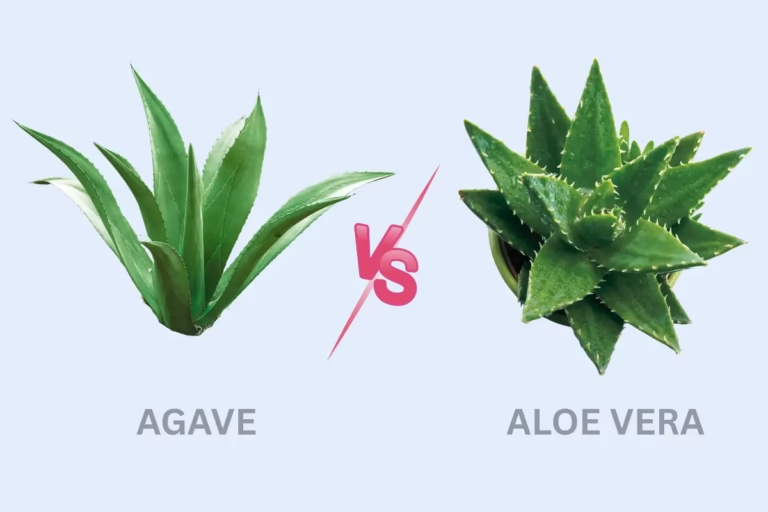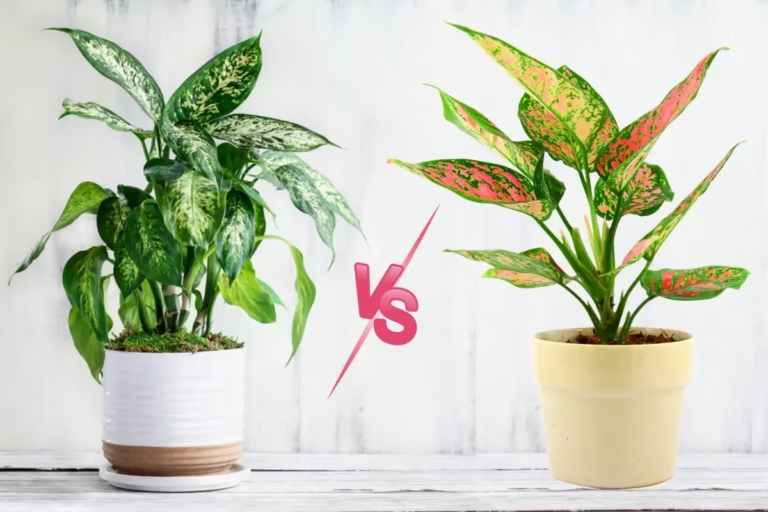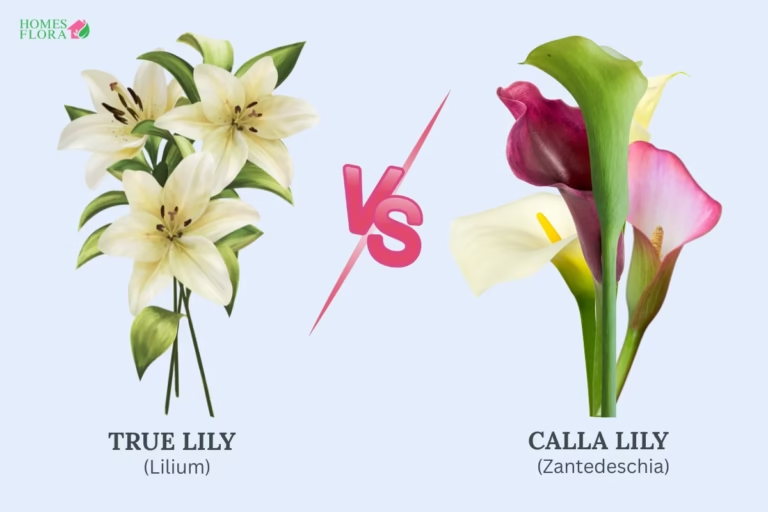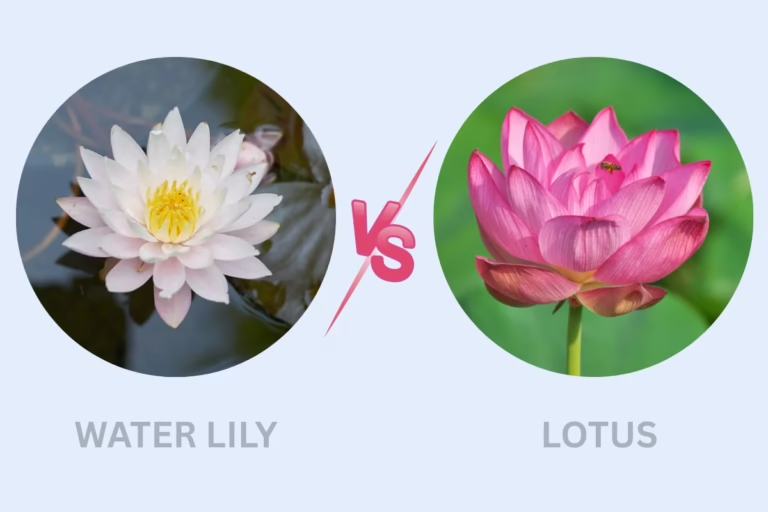Madonna Lily vs. Calla Lily: Key Differences and Similarity
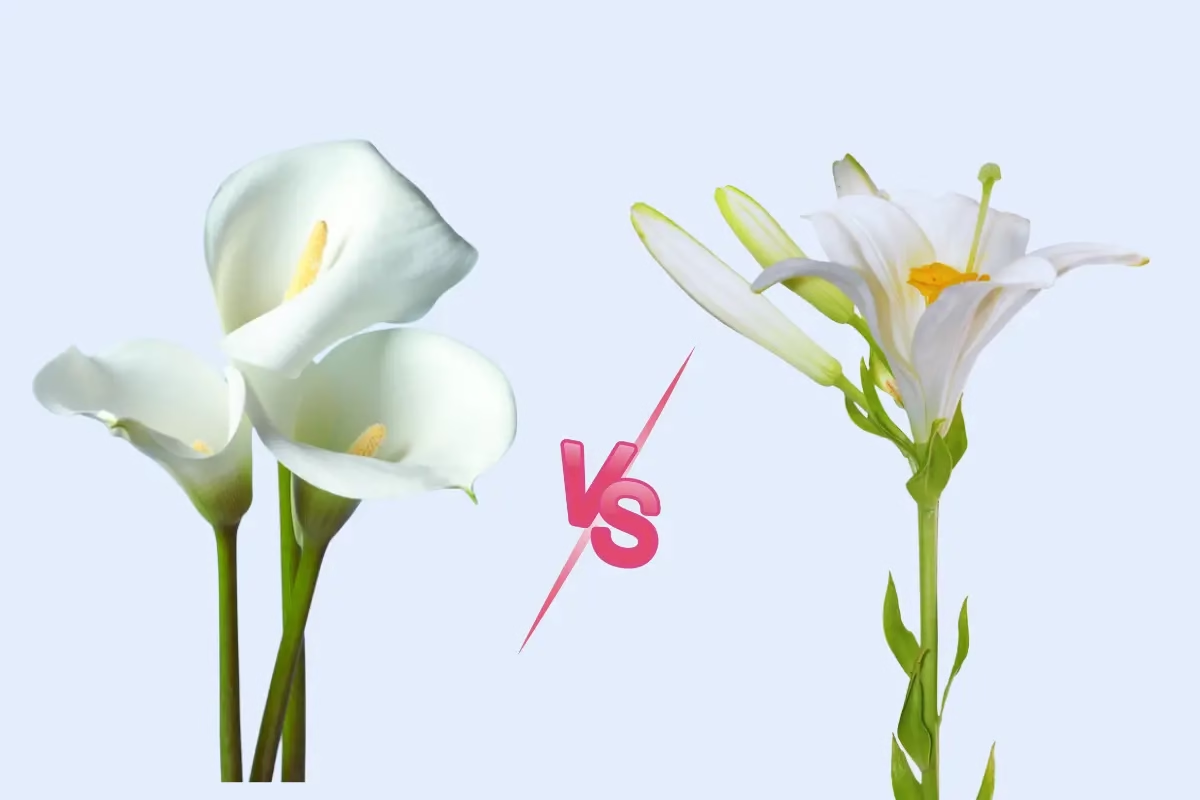
Ah, I see you’re torn between the timeless elegance of the Madonna Lily and the modern drama of the Calla Lily! Don’t worry—let me simplify it for you. The Madonna Lily is like a fragrant, classic masterpiece that thrives on sunshine and steals hearts with its pure white blooms. The Calla Lily, though, is your sleek, low-fuss diva—bold, versatile, and happy in pots or shady corners, offering stunning colors beyond just white. Tell me, do you crave heavenly scent and height (Madonna) or effortless chic and adaptability (Calla)? Your answer will guide us—and I’ll make sure you leave with the perfect pick!
Quick Answer
If you desire a scented, outdoor flower with traditional white petals, choose the Madonna Lily. But if you require a chic, low-maintenance plant that thrives indoors and is available in various colors, the Calla Lily is the way to go. Choose the one that suits your space and lifestyle!
Madonna Lily & Calla Lily Comparison Guide
Feature | Madonna Lily | Calla Lily |
|---|---|---|
Scientific Name | Lilium candidum | Zantedeschia spp. |
Origin | Mediterranean | Southern Africa |
Plant Type | True bulb | Rhizome |
Flower Shape | Trumpet clusters | Single spathe |
Fragrance | Strong, sweet | None |
Colors | Pure white | White/Pink/Purple/Black |
Height | 3-6 ft | 1-3 ft |
Light Needs | Full sun | Bright indirect |
Watering | Moist, well-drained | Evenly moist |
Soil | Sandy, alkaline | Rich, loamy |
Bloom Season | Late spring | Summer/Indoors year-round |
Lifespan | 5-10 years | 2-5 years (pots) |
Toxicity | Deadly to cats | Mildly toxic |
Common Problems | Rot, beetles | Rot, spider mites |
Best Use | Fragrant gardens | Containers, shade |
What Is Lily Plant?
Some of the loveliest, showiest flowers you can have in your surroundings are lilies. With their fragrant perfume and dainty flowers, they bring instant color to gardens, arrangements, and house decor. Yet not every “lily” is really a lily! Although such flowers as the Calla Lily and Peace Lily use the same name, they’re actually from various plant families. No matter how much you admire the pure charm of the Madonna Lily or the bright colors of the Calla Lily, they bring an elegance of nature everywhere they bloom.
Madonna Lily
The Madonna Lily is like the timeless classic of the flower world—tall, graceful stems topped with snowy white, trumpet-shaped blooms that smell divine (like a fancy perfume). It’s been loved for centuries—painted in old religious art, tucked into bridal bouquets, and thriving in cottage gardens. It’s a bit of a diva though; it loves sunshine but hates soggy feet, so well-drained soil is key.
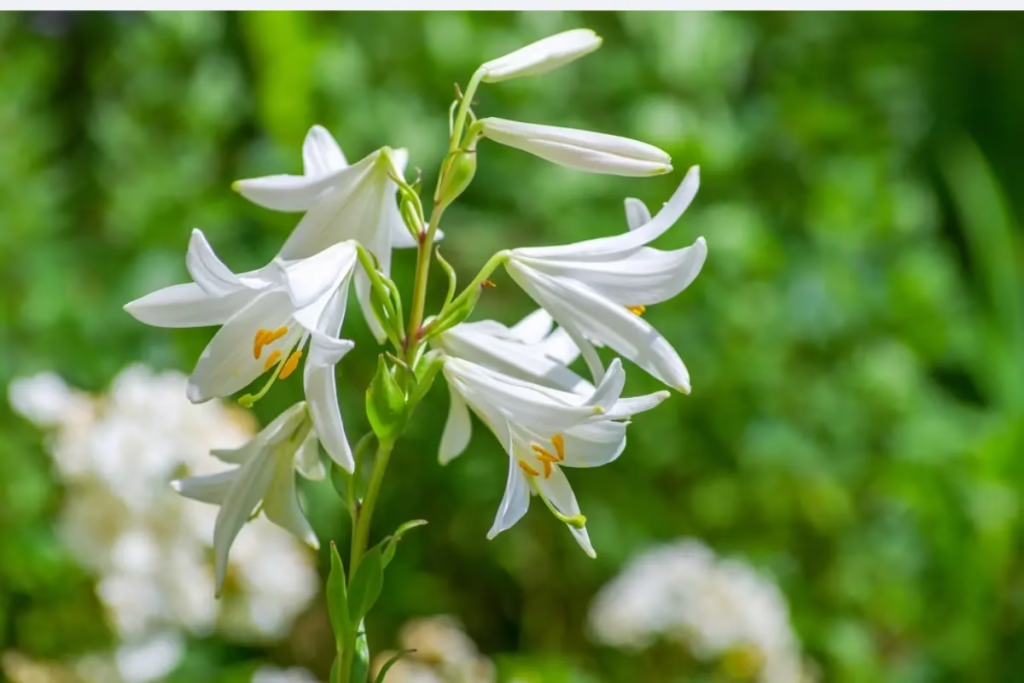
Calla Lily
Now, the Calla Lily? Totally different vibe! Those smooth, sculptural flowers (usually white, but they come in moody blacks, bright pinks, and more) aren’t even true lilies—they’re cousins of the tropical elephant ear! They’re sleek, modern, and super versatile. Great in pots, weddings, or as a bold garden statement. Plus, they’re easier to please—just keep them moist and give them some light.

Calla Lily Vs Madonna Lily
Physical Appearance
“Madonna Lily – Picture a tall, elegant queen with clusters of pure white, star-shaped flowers bursting open like little trumpets. Long green leaves climb up the stem, and oh, that heavenly perfume!
Calla Lily – Imagine a sleek, modern sculpture: a single, glossy, funnel-shaped bloom (like a graceful cup) curling at the tip, rising from a bare stem. No fuss, just bold curves—comes in colors from snow-white to midnight purple.
What’s Difference in Flower?
Madonna Lily’s flower is like a crowd of snowy trumpets—six petals splaying wide open around golden-tipped stamens, all bursting from a single stem like a joyful chorus. They’re fragrant, flamboyant, and shout.
Calla Lily’s ‘flower’ (fun fact—it’s actually a spathe wrapped around a tiny spike!) is a single, velvety cup, sleek as a porcelain vase, with a flirtatious curl at the rim. No petals, no crowd—just one dramatic, glossy curve. It’s the quiet supermodel of flowers.
One’s a symphony, the other’s a solo—both unforgettable!”
how much water they needs?
For Lily Madonna, Think sip—don’t drown’—water deeply when the top inch of soil feels dry, but never let it sit in soggy soil (rot is its enemy!). Morning water is best, and avoid wetting the leaves to keep them happy.
For the Calla Lily, It’s a bit thirstier! Keep the soil evenly moist (like a wrung-out sponge), especially when blooming. If it’s in a pot, no saucer swimming pools—dump excess water after 10 minutes.
Pro tip: Stick your finger in the soil—if it’s dry past your first knuckle, it’s time to water! Madonna likes discipline, Calla likes consistency. You’ve got this!”
How much Sun they Need?
The Lilium candidum loves to bask like it’s on a Mediterranean vacation! Give it full sun (6+ hours of direct light), especially in cooler climates. But in scorching heat, a little afternoon shade keeps it from frying. Think ‘sunbathing with sunscreen’!”
Calla Lily:
The Zantedeschia Prefers a chic ‘bright but indirect’ glow—like a shaded patio or a spot with morning sun + afternoon shade. Too much harsh sun crisps its leaves; too little, and it sulks without flowers. Bright, filtered light is its sweet spot!”
“Madonna soaks up rays like a cat on a windowsill. Calla? More like a poet under a tree. Match their vibe, and they’ll bloom like crazy!”
Which type of soil they need?
“Fancy a well-draining ‘penthouse’! Mix garden soil with sand or perlite (like adding croutons to salad—keeps it airy). It hates wet feet, so drainage is key. A slightly alkaline pH (add a pinch of lime) makes it feel fancy!” 🏡
“Craves a ‘luxury spa’—rich, moist, but never soggy! Use loamy potting mix with compost (think: fluffy chocolate cake). It’s hungrier for nutrients, so a slow-release fertilizer makes it do backflips!”
which rang of humidity they like?
“Keep it classic! Average room humidity (around 40-50%) is fine. No need for misting—just don’t let it bake near a heater or AC vent. Think ‘comfortable spring day’!”
Likes a little tropical flair! Thrives in 50-60% humidity (hello, bathroom windowsill or near a humidifier!). If your air’s Sahara-dry, mist its leaves occasionally—but avoid wetting the flowers!”
In whihc session they Bloom?
Lilium candidum:
- Blooms: Late spring to early summer (May–June in most places).
- Drama: Flowers last 2–3 weeks, but oh—that scent will haunt you (in the best way).
- Pro Tip: Plant bulbs in autumn—they need a cold nap (winter dormancy) to bloom!
Zantedeschia:
- Blooms: Late spring through summer (June–August), but potted ones can surprise you year-round indoors!
- Drama: Each flower lasts weeks, and they bloom one after another—like a slow-motion firework.
- Pro Tip: To force blooms, give them 6 weeks of cool (55°F/13°C) nights—tricks them into thinking it’s spring!
how long they can live?
Madonna Lily
- Lifespan: 5–10 years (if treated like royalty!).
- Reality Check: Bulbs weaken after 3–4 years but multiply (free babies!). Divide them every few autumns to keep blooms fierce.
- Death Risk: Rot from wet soil is its No 1 killer.
Calla Lilies
- Lifespan: Indefinite—but with a catch!
- Outdoors: Perennial in warm zones (returns yearly for 10+ years).
- Indoors/Pots: 2–5 years (bulbs tire out; replace or divide).
- Death Risk: Frost (it’s a tropical soul) or chronic drought. No water = crispy drama queen.
Related: Money Tree Vs. Umbrella Plant and Peace lily Vs Calla lily
Challenges of Lilium candidum & Zantedeschia
Madonna Lily Troubles and Solutions
Bulb Rot – The Silent Killer
What Happens: If the soil stays too wet, the bulbs can rot, turning soft and mushy.
How to Save Her: Plant her in well-draining soil (mix in sand or perlite) and water only when the top inch of soil feels dry.
Lily Beetles – The Unwanted Guests
What Happens: Bright red beetles and their larvae munch on the leaves, leaving holes.
How to Save Her: Pick them off by hand (they’re slow!) or spray with neem oil. Stay vigilant—they love to come back!
Weak or No Blooms – The Aging Star
What Happens: After a few years, the bulbs get tired and produce fewer flowers.
How to Save Her: Every 3–4 years, dig up the bulbs in autumn, divide them, and replant for a fresh start.
Calla Lily Struggles and Fixes!
Root Rot – The Overwatering Trap
What Happens: Soggy soil leads to black, mushy roots and drooping leaves.
How to Save Her: Use a pot with drainage holes, and let the soil dry slightly between waterings.
Spider Mites – The Tiny Terrors
What Happens: Tiny pests create fine webs and yellow speckles on leaves.
How to Save Her: Wipe leaves with a damp cloth or spray with insecticidal soap. Boost humidity to deter them.
No Flowers – The Frustrating Mystery
What Happens: She might refuse to bloom if she’s too dark, too cold, or hungry.
How to Save Her: Give her bright, indirect light, keep her warm (65–75°F), and feed her monthly during the growing season.
Releated: Easter lily vs Peace lily and Snake Plant Vs Spider Plant
Your Decision For Choosing Perfection
When to Choose Madonna Lily
(For those who love fragrance, height, and timeless beauty!)
Bonus: It’s a long-lived perennial—plant it once, and it’ll come back for years with proper care!
When to Choose Calla Lily
(For those who want bold, easy elegance!)
Bonus: It’s pest-resistant and adapts to indoor/outdoor life—perfect for busy plant parents!

